In some key areas, the US is far ahead not only of China, but of all other space-based nations combined.
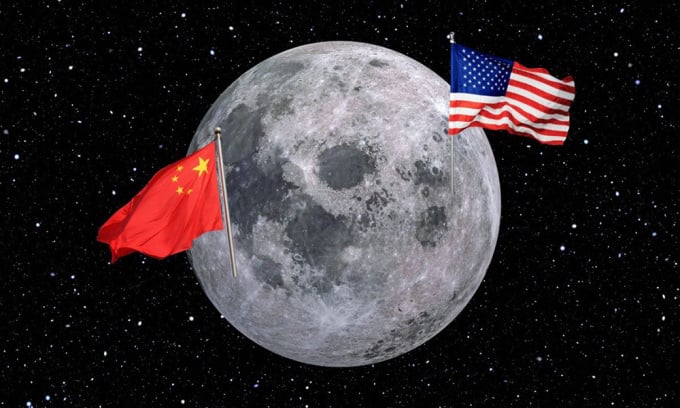
China and the US both aim to put people on the Moon. Photo: Euronews
American superiority
In terms of budget, the US space budget in 2021 is about $59.8 billion. China has invested heavily in space and rocket technology over the past decade and has doubled its spending in the past five years. However, its estimated space budget in 2021 is still only $16.18 billion, less than a third of the US budget, according to Svetla Ben-Itzhak, associate professor of space and international relations at Air University (AU) in the US.
The US also outnumbers China in terms of the number of active satellites. As of April 2023, a total of 5,465 satellites are in orbit around the Earth. The US operates 3,433 satellites, accounting for about 63% and leading the world. Meanwhile, China has only 541 satellites.
The United States has more spaceports than China. With seven active launch sites at home and abroad and at least 13 in development, the United States has more options for launching cargo into different orbits. China has only four active spaceports and two more in development, all within its borders.
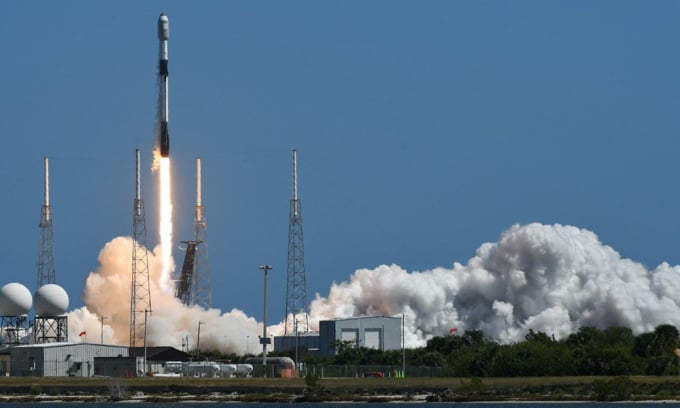
SpaceX rockets carry hundreds of private satellites into orbit each year from seven active US spaceports. Photo: SOPA Images/LightRocket
One big difference between the US and China is the amount of international collaboration. Over the decades, NASA has developed commercial and international partnerships in a wide range of areas, from space technology development to human spaceflight. The US government has signed 169 space data-sharing agreements with 33 states and intergovernmental organizations, 129 with commercial partners, and seven with academic institutions.
China also has supportive partners in space, most notably Russia and members of the Asia-Pacific Space Cooperation Organization, including Iran, Pakistan, Thailand, and Türkiye. But overall, China’s partners are fewer in number and have less space capabilities, according to Ben-Itzhak.
The Moon Race highlights the differences between the United States and China in terms of international cooperation. Both countries have plans to land humans on the surface of the Moon and build bases there in the near future.
In 2019, Russia and China agreed to jointly land on the Moon by 2028. Russia contributed the Luna lander and Oryol spacecraft, while China improved the Chang’e spacecraft. The two countries’ International Lunar Research Station is open to all interested parties and international partners. But so far, no other countries have joined.
Meanwhile, since 2020, 24 countries have joined the US-led Artemis Accords. This international agreement sets out common principles for cooperation in future space activities. The Artemis Program aims to return humans to the Moon by 2025, then build a lunar space station and base on the Moon. In addition, the Artemis Program has signed contracts with many private companies to develop a range of technologies, from lunar landing stations to off-Earth construction methods.
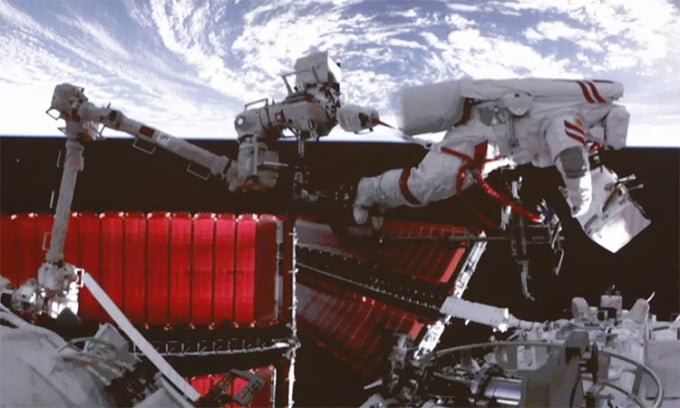
Chinese astronaut Fei Junlong conducts space activities on the Tiangong space station on February 9, 2023. Photo: Liu Fang/Xinhua/AP
China's impressive achievements
Although the US has a clear advantage in many areas of space, China still has some remarkable numbers.
In 2021, China conducted 55 orbital launches, four more than the United States. But while the total number of launches was roughly equal, the payloads carried into orbit varied widely. Eighty-four percent of China’s launches included government or military payloads, likely primarily for electronic intelligence and optical imaging. Meanwhile, 61% of U.S. launches were for nonmilitary, academic, or commercial purposes, primarily for Earth observation or telecommunications.
The space station is another Chinese achievement. The first module of the Tiangong space station is due to be launched in 2021. The T-shaped structure of the station with three main modules will be completed by the end of 2022. China has built and launched all the modules of the Tiangong station. The country is currently the sole operator of the station, but has expressed willingness to cooperate with other countries.
Since the 1990s, the US has partnered with 14 countries, including Russia, to operate the International Space Station (ISS). Composed of 16 modules, the ISS is much larger than the Tiangong station. The space station has also achieved many scientific and technological breakthroughs after several decades of operation. However, the ISS is now quite "old" and the participating countries are planning to "retire" the station around 2030.
China continues to develop its space capabilities. According to an August 2022 report, the Pentagon said China could surpass the United States as early as 2045 if the United States does not take action. However, the United States is unlikely to continue to stagnate because it is still investing more in space.
Thu Thao (According to Space )
Source link


![[Photo] Prime Minister Pham Minh Chinh chairs meeting to remove difficulties for projects](https://vstatic.vietnam.vn/vietnam/resource/IMAGE/2025/3/30/7d354a396d4e4699adc2ccc0d44fbd4f)


![[Photo] Ministry of Defense sees off relief forces to the airport to Myanmar for mission](https://vstatic.vietnam.vn/vietnam/resource/IMAGE/2025/3/30/245629fab9d644fd909ecd67f1749123)


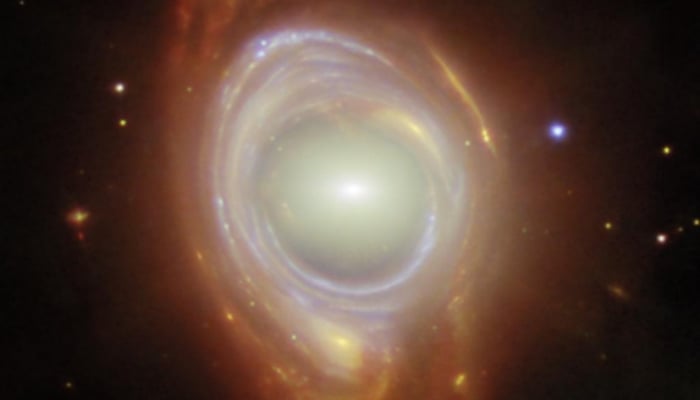

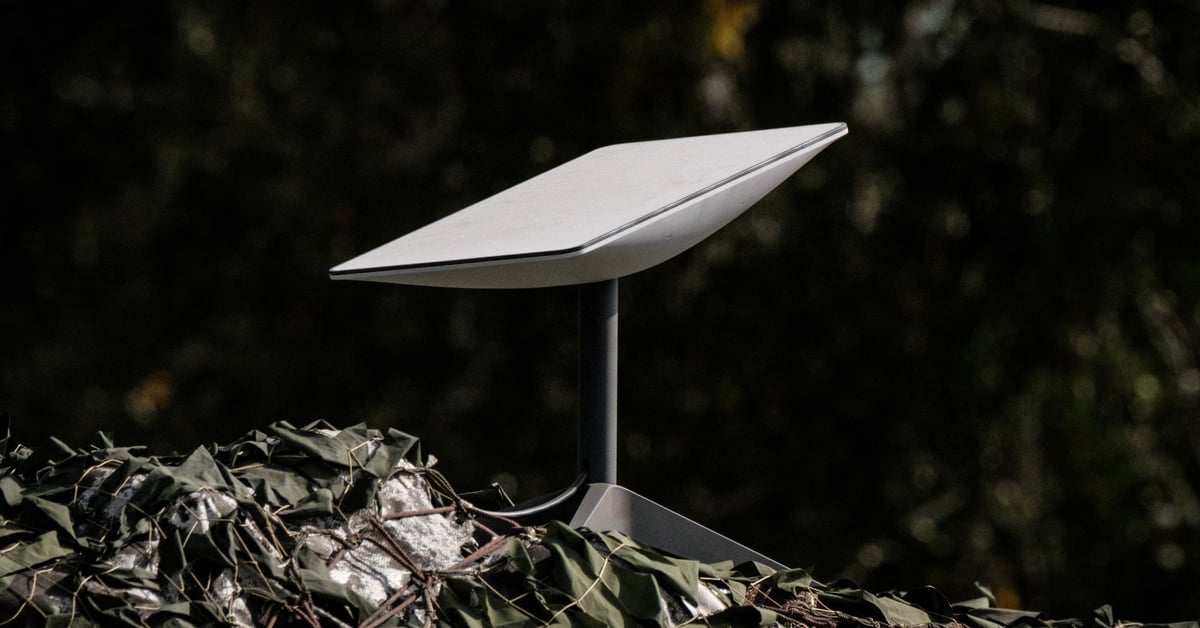

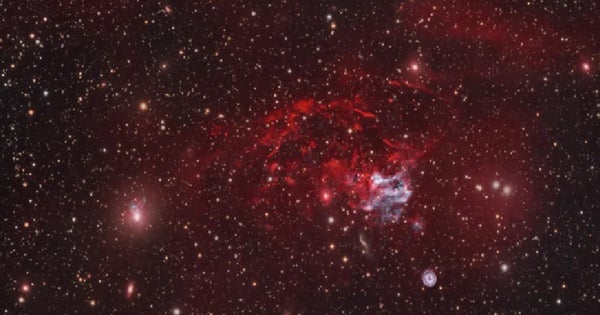


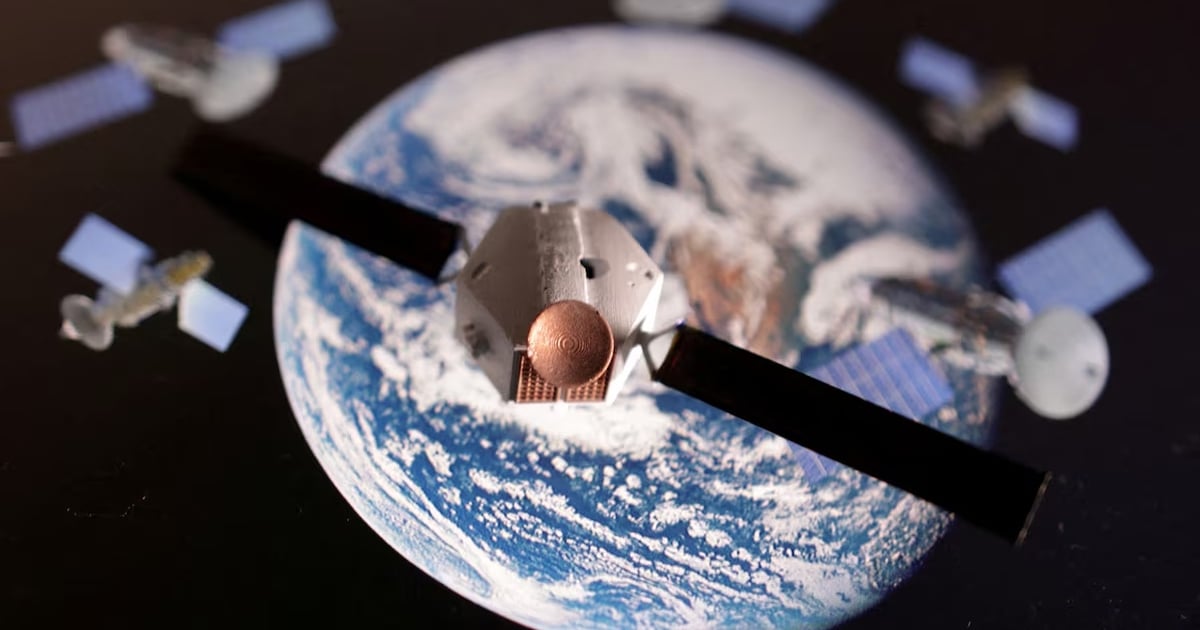

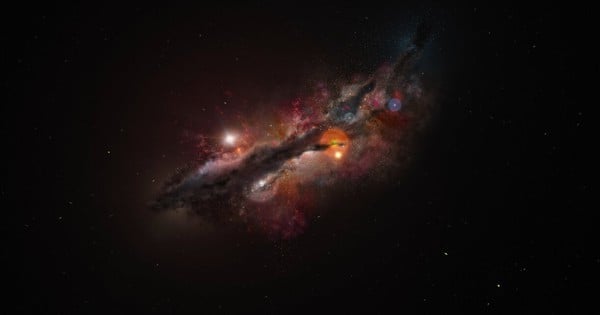
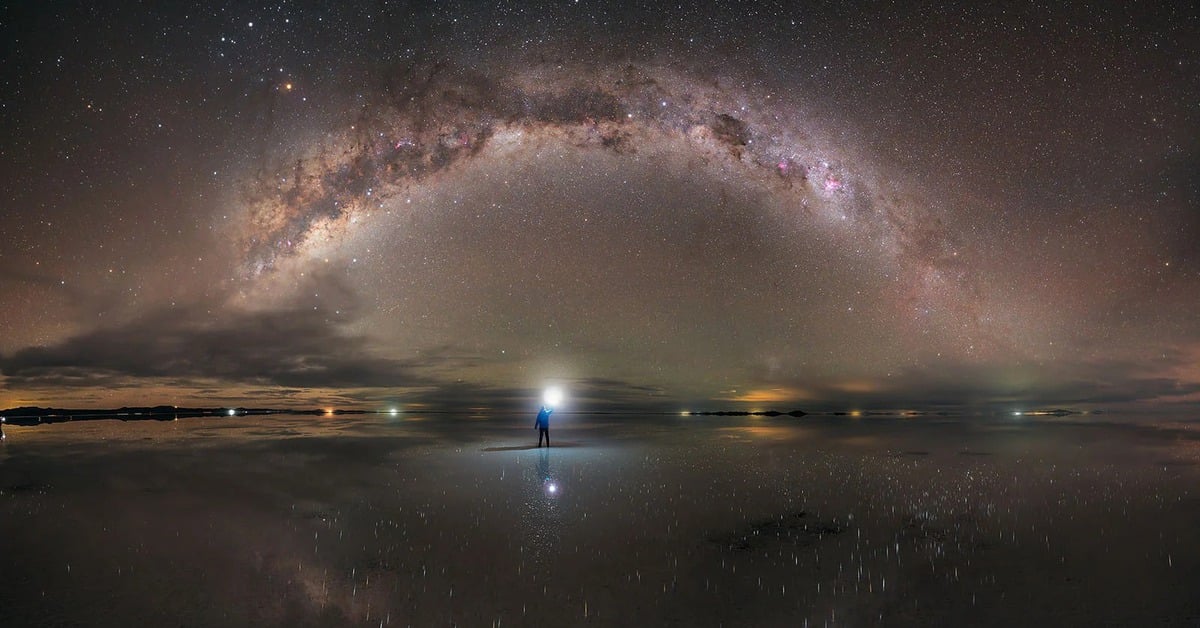
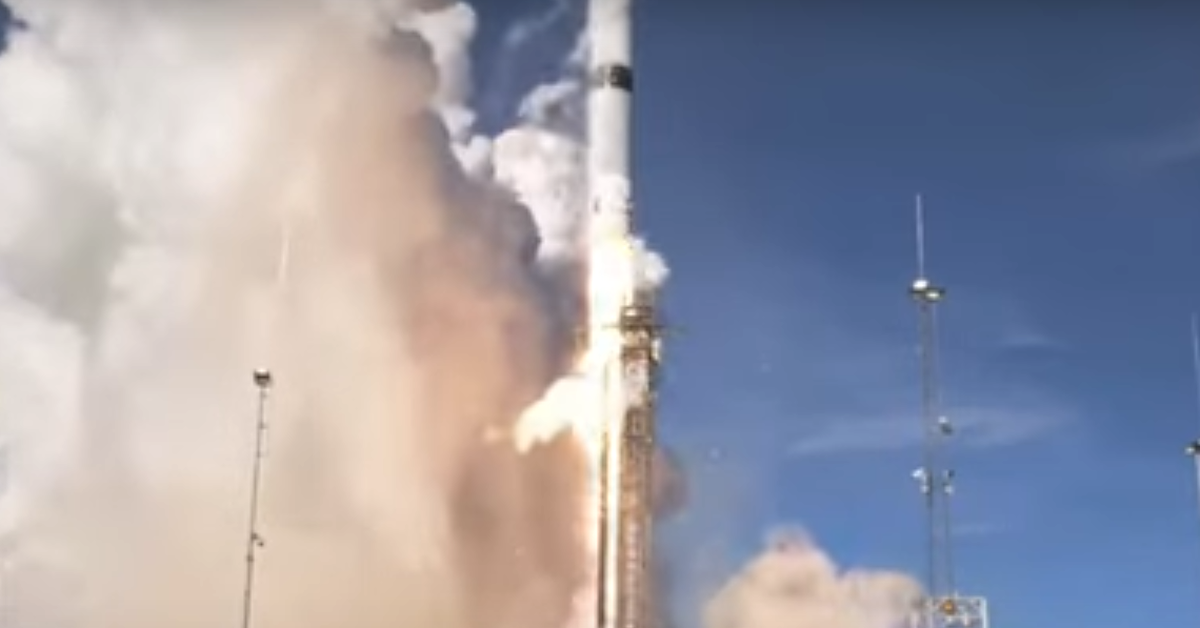
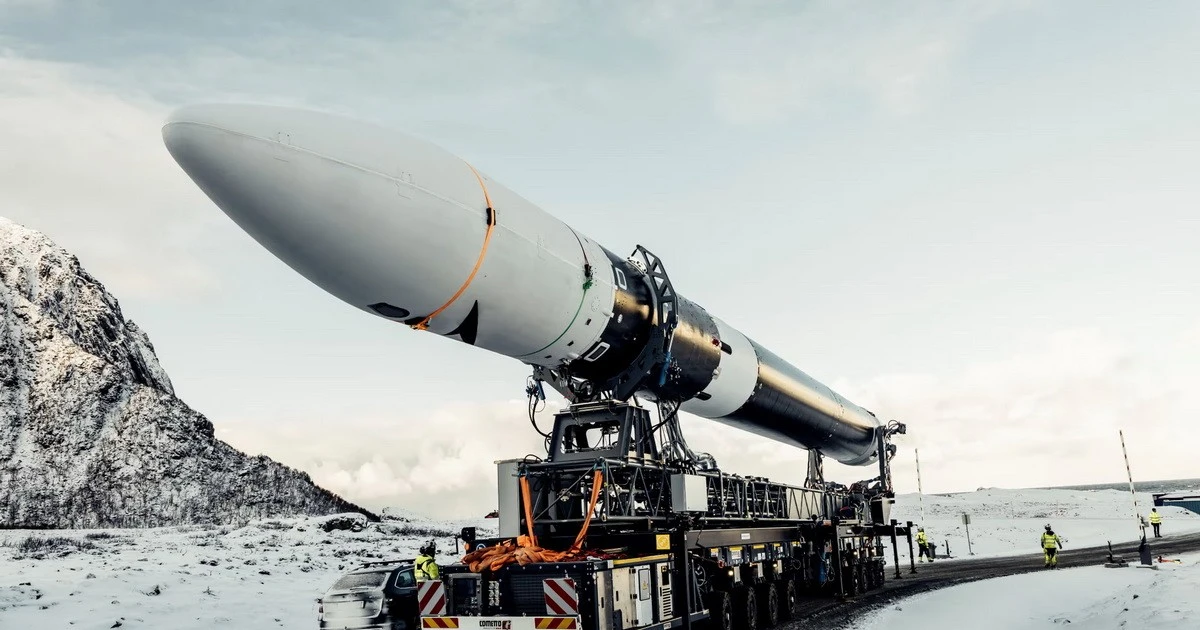
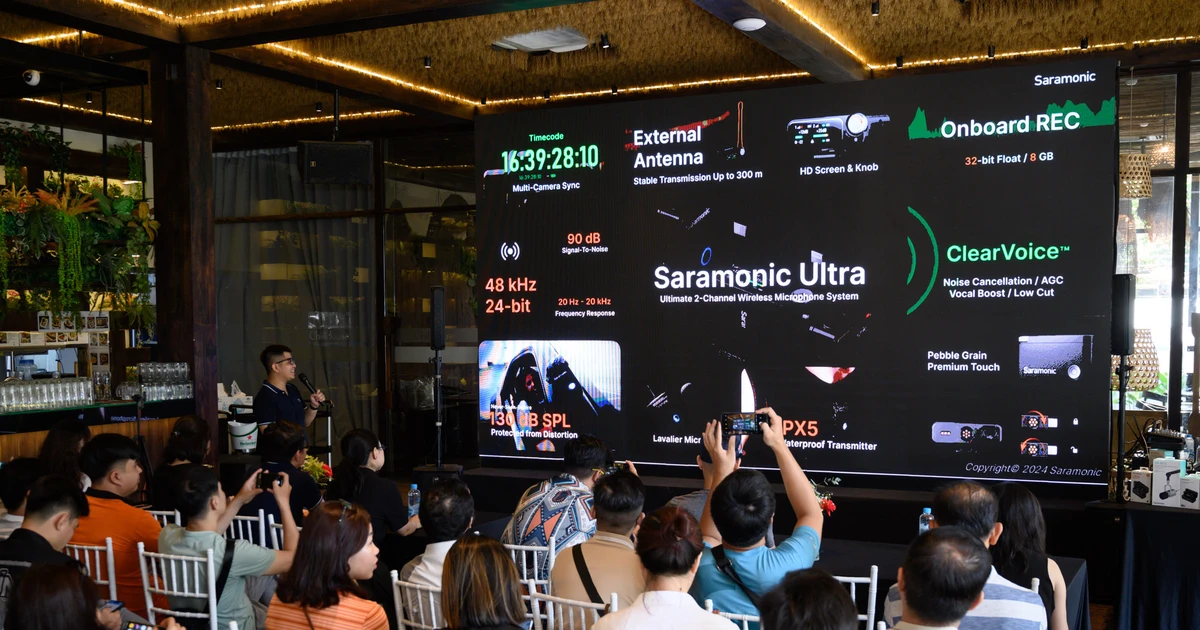














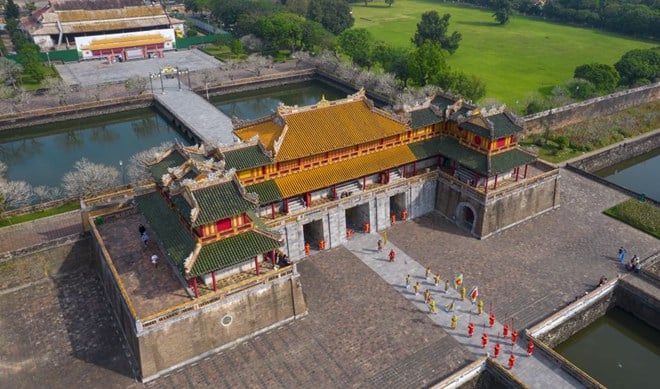








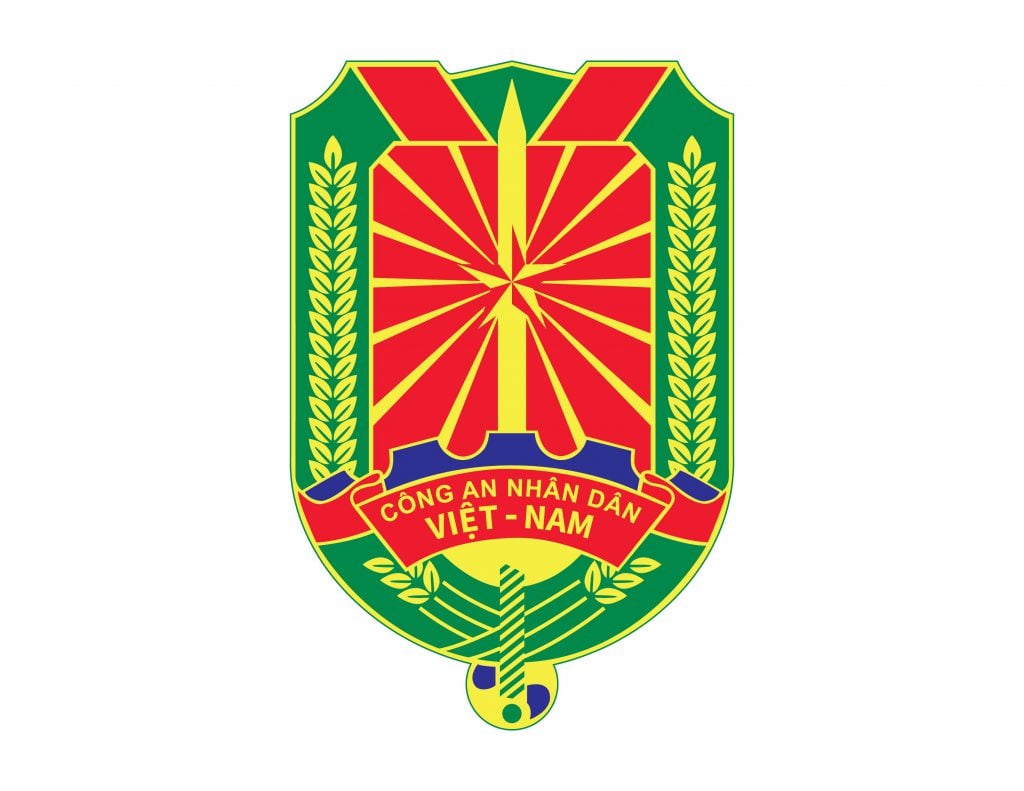




















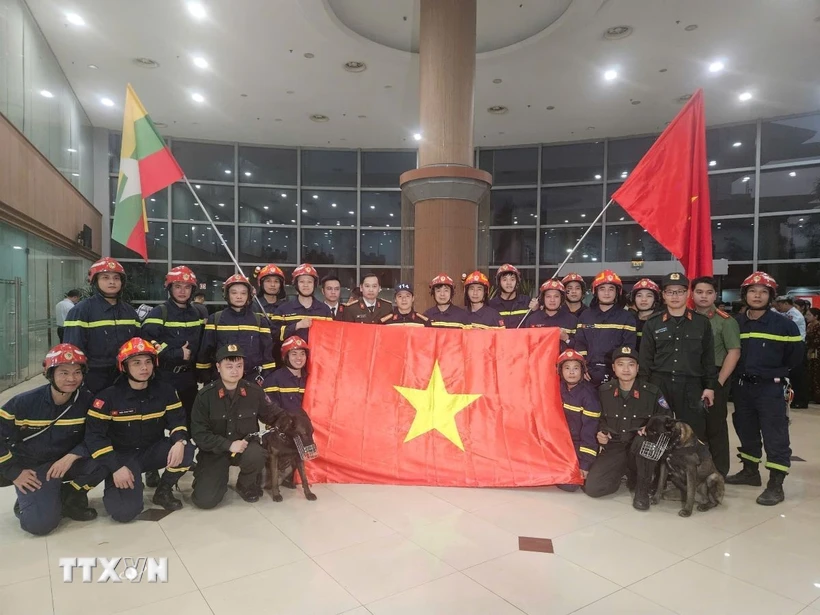






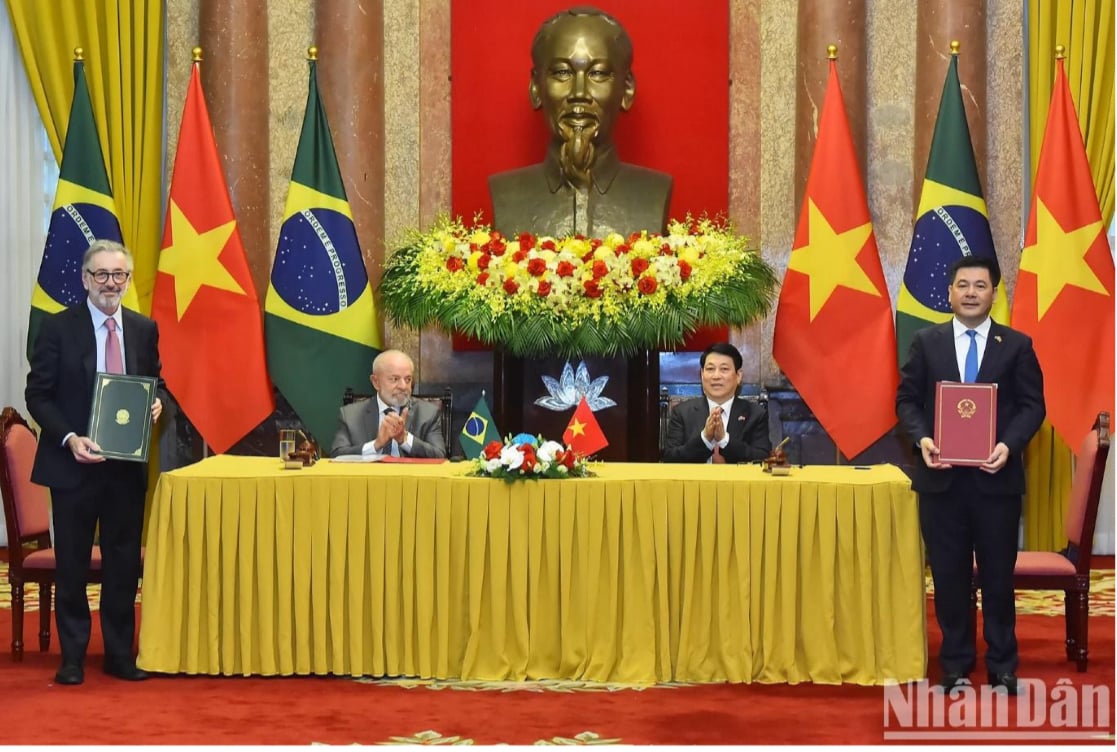




















![[REVIEW OCOP] An Lanh Huong Vet Yen Cat](https://vstatic.vietnam.vn/vietnam/resource/IMAGE/2025/3/27/c25032328e9a47be9991d5be7c0cad8c)





Comment (0)